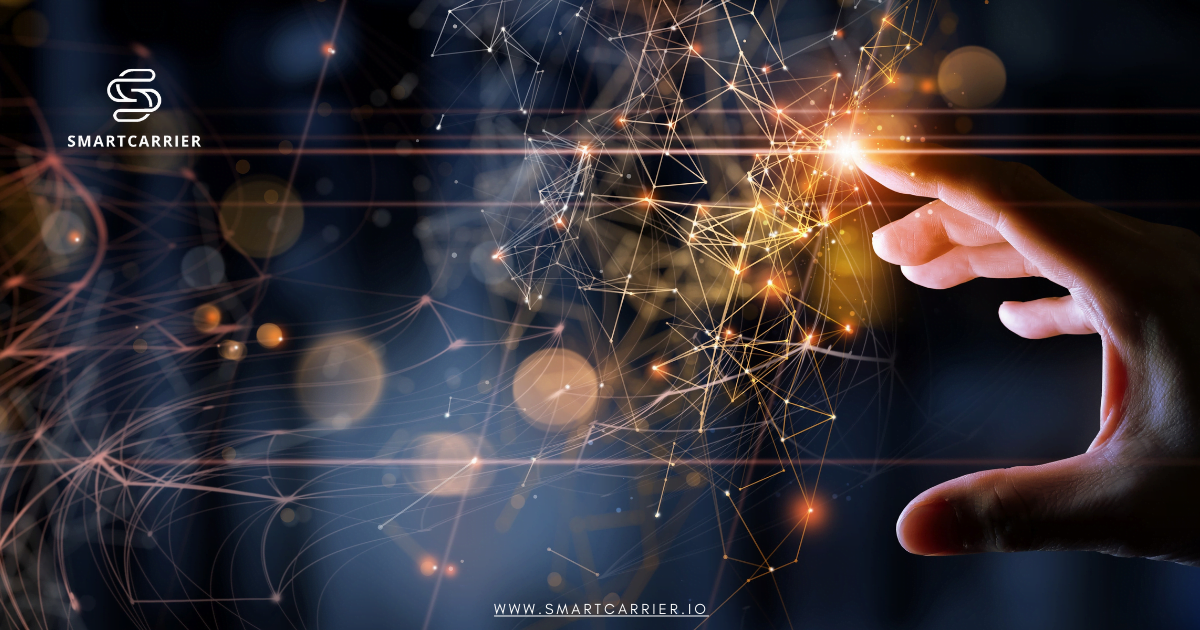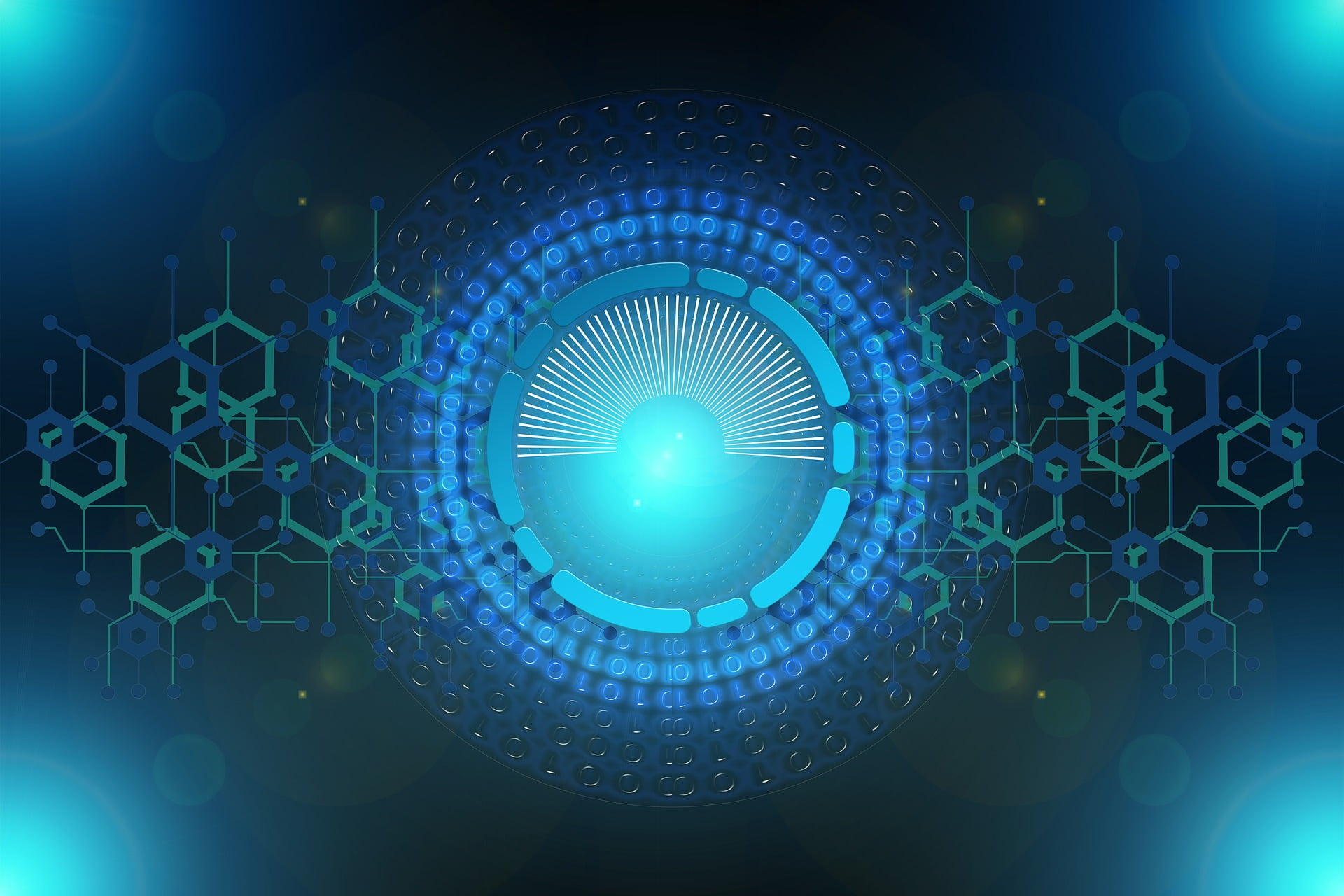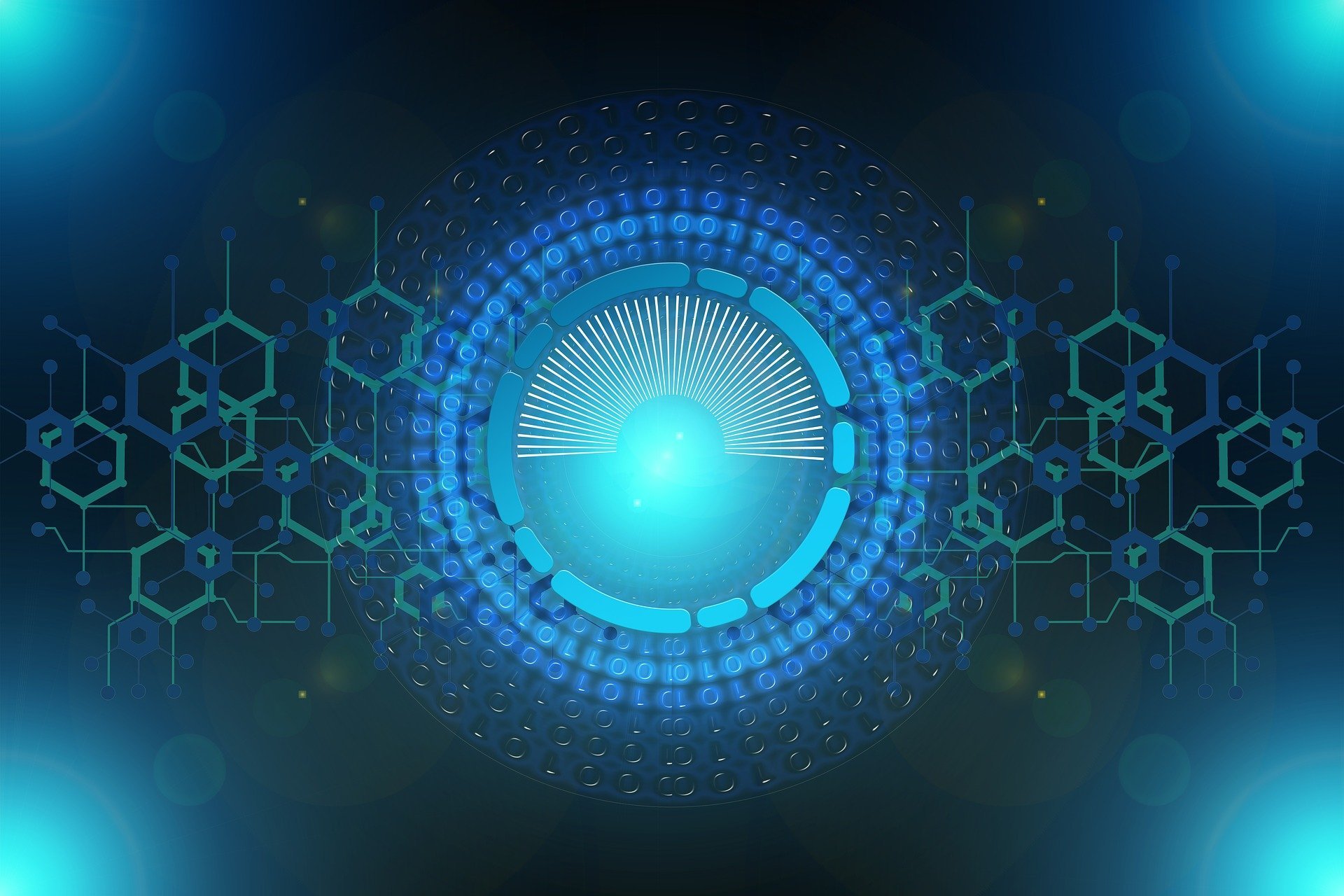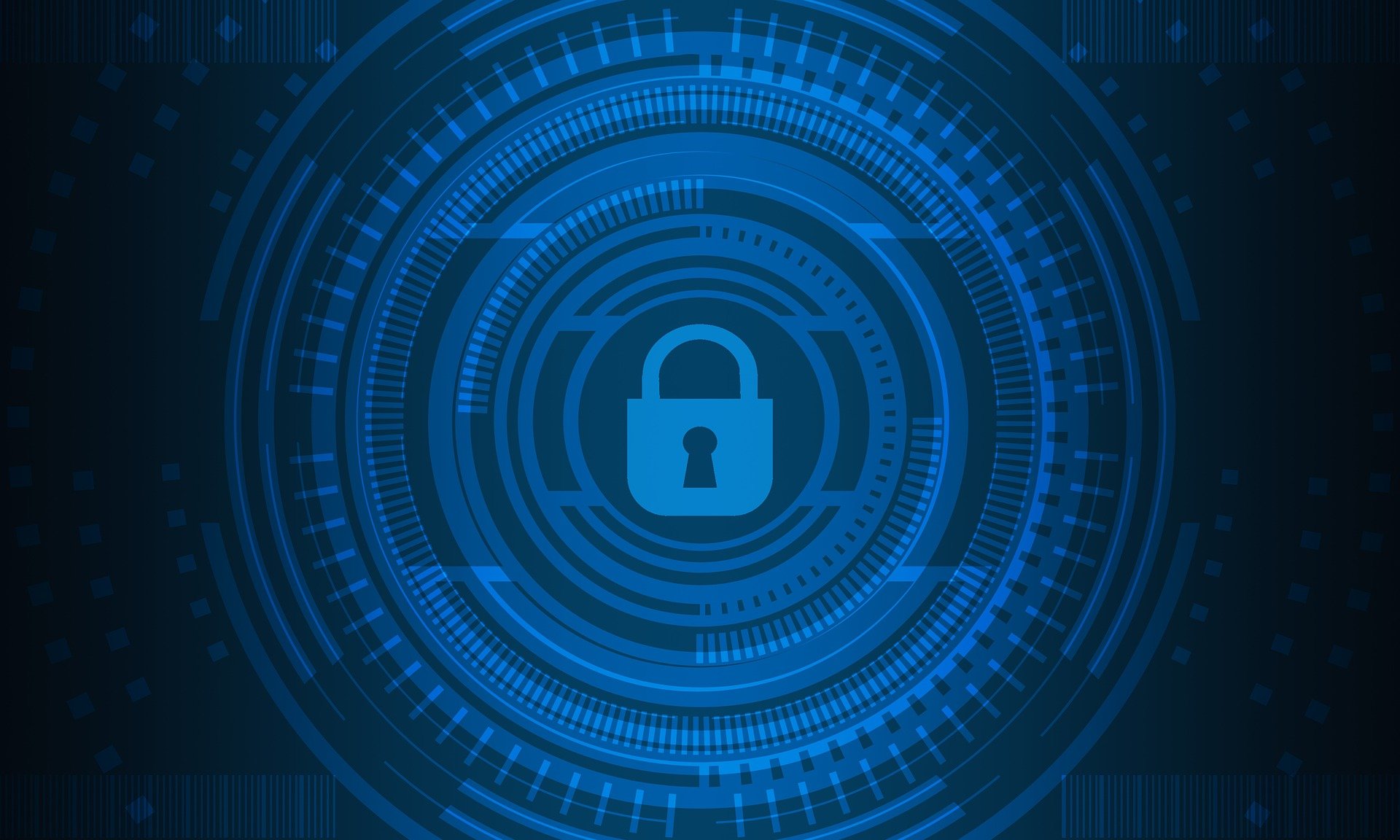In the realm of telecommunications, efficiency and precision are paramount. The advent of automated answering machine detection has transformed the way businesses and individuals communicate. As technology continues to evolve, two contenders have emerged in this domain: Traditional Automated Answering Machine Detection and AI Automated Answering Machine Detection. In this head-to-head analysis, we delve into their differences, strengths, and the remarkable potential they hold for revolutionizing communication systems.
What is Traditional Automated Answering Machine Detection?
For years, Traditional Automated Answering Machine Detection has been a stalwart in discerning between human voices and recorded messages. Leveraging rule-based algorithms and audio characteristics, it has offered reliability in identifying answering machines. This approach has proven effective, especially in scenarios where simplicity and straightforward detection are sufficient.
However, its effectiveness does come with limitations. Traditional detection methods are often susceptible to false positives or false negatives. Variations in audio quality, accents, and speech patterns can challenge the accuracy of the system, potentially leading to misunderstandings and communication breakdowns.
What is the Cognitive Leap and How AI Automated Answering Machine Detection Impacts it?
The introduction of AI Automated Answering Machine Detection heralds a new era in telecommunication efficiency. With the integration of artificial intelligence, this method transcends rule-based programming and delves into the realm of cognitive understanding. AI analyzes vast datasets, learning to differentiate not only between human and automated voices but also discerning nuances like emotional tones, background noises, and even language variations.
The strength of AI detection lies in its adaptability. Unlike its traditional counterpart, AI continuously learns from new data, refining its accuracy over time. This self-improvement loop mitigates false positives and negatives, leading to a more reliable and refined detection system.
Where Do the Titans Excel?
Traditional Automated Answering Machine Detection’s Reliability
The traditional approach to automated answering machine detection shines in situations where simplicity and ease of integration are priorities. Its rule-based nature makes it relatively straightforward to implement, making it a viable choice for industries that require quick deployment without extensive customization.
AI Automated Answering Machine Detection’s Precision
AI’s strength lies in its precision and adaptability. By comprehending the intricate details of speech, emotional cues, and contextual nuances, AI offers unparalleled accuracy. This proves pivotal in industries that demand precise communication, such as healthcare, finance, and emergency services.
Harmonizing Traditional and AI Detection, are they a Symbiotic Future?
Rather than viewing Traditional and AI Automated Answering Machine Detection as rivals, envision a future where their strengths are harmonized. The simplicity of traditional methods can serve as a foundation, supplemented by AI’s cognitive capabilities. This hybrid model could provide a robust solution that combines quick implementation with the refined accuracy of AI.
Final Thoughts
As we navigate the ever-evolving landscape of telecommunications, the comparison between Traditional Automated Answering Machine Detection and AI Automated Answering Machine Detection showcases the spectrum of possibilities. Traditional methods have paved the way, offering reliability in their simplicity. AI methods, however, redefine the game with their cognitive understanding and adaptability.
The future isn’t a matter of choosing one over the other, but of recognizing the potential for synergy. In the end, this head-to-head analysis isn’t a battle for supremacy, but a testament to the continuous advancement of technology. By integrating the strengths of both approaches, we open the door to a communication landscape where accuracy, reliability, and efficiency are redefined to set new standards.
Here is a comparison sheet highlighting the main differences and Stats between Traditional AMD and Smart Carrier’s AI AMD. https://s3.amazonaws.com/cdn.smartcarrier.io/AI+AMD/Smart+Carrier+AMD+Comparison.pdf







